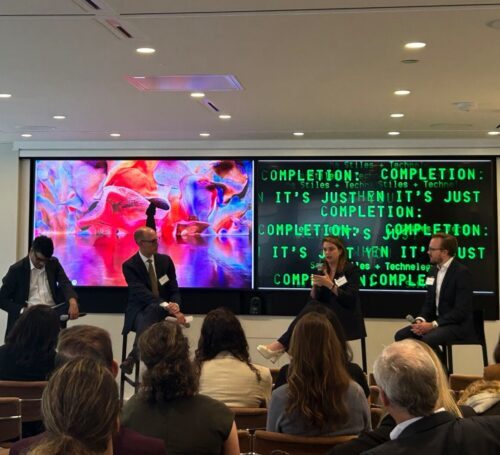The use of artificial intelligence is increasingly being explored in all its facets, with emerging confidence apparent in its ability to help lift the veil of opacity in the markets, inform strategy and streamline administrative burdens (particularly as regulatory obligations continue to increase). With wider financial services and insurance industries embracing automated analysis, the art market could clearly benefit from aligning itself with emerging technologies.
Appraisal Bureau’s software, launching October 15 (initially on a invitation-only basis), proves a prime example of such an embrace. While few are arguing that the role of humans in reviewing data findings is fully obsolete as data in the art sector remains asymmetric, the software allows for a significantly faster, more reliable service which automatically aligns with the stringent needs of insurers and service providers.
So, what’s next? Discussions across auction rooms and conference panels this month have never felt more innovative, when it comes to technological advance. From enabling the trade to better meet its requirements under regulations, notably due diligence legislation, to the promise of automation absorbing points of friction in current processes, the opportunity for the sector to benefit from technology is huge. Perhaps more heartening however, as auction and fair results globally continue to stall, is the optimism apparent in the room. It may still be a rocky road, but at least the view will be clearer.
